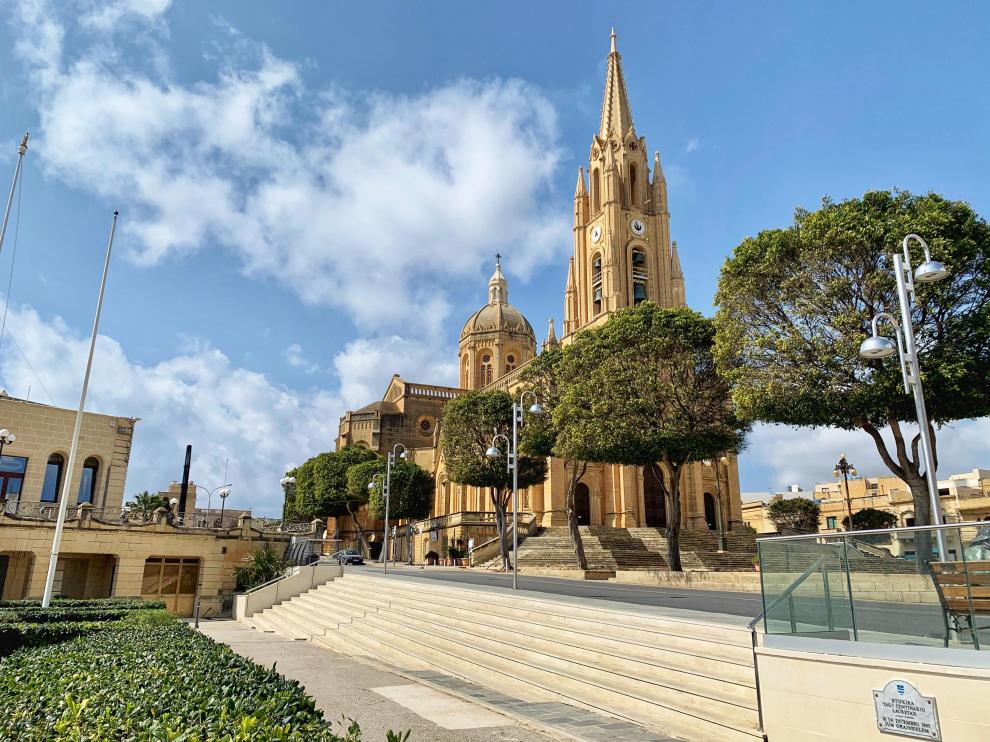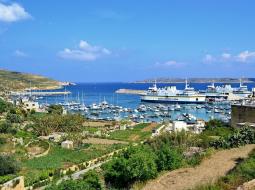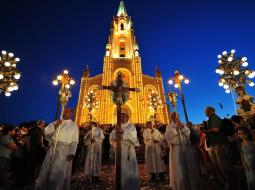Thessaloniki gets ready for its metro launch in November
The underground rapid transit lines have been under construction for almost two decades due to various project delays
 TheMayor.EU logo
TheMayor.EU logo 
The village of Ghajnsielem is located on Malta’s sister-island Gozo. Its name is composed of ‘Ghajn’ (spring of) and ‘Is-sliem’ (peace).
Ghajnsielem was among the last settlements to develop on the island. Its site was close to a landing zone at a time when the Mediterranean was infested with pirates.
It was only after the mid-17th century, when Grazes Tower (overlooking Mgarr harbour) and, later, Fort Chambray guaranteed the safety of the area, that the first farmhouses were built close to the spring that gave name to the village.
On 5th September 1800, the British took the Maltese islands and thereby Malta and Gozo became a British Crown Colony in 1813. Fort Chambray was hence put to good use by the British which generated trade and jobs for many Ghajnsilmizi. In the meantime, the population had increased significantly and Ghajnsielem was in the process of becoming a Parish.
In 1854, the region became a vice parish and the procedure for the establishment of a parish was launched. Ghajnsielem was officially established as a parish on the 26th of January 1855.
The Second World War brought profound change to the village and led to emigration due to the lack of job opportunities. However, the development of Mgarr harbour in the late sixties helped Gozo get back to life and bring prosperity for Ghajnsielem.
Għajnsielem is a Maltese municipality located on the south-eastern coast of the island of Gozo, which includes the entire island of Comino. It has a population of 3,200 inhabitants and is the first Gozitan village that greets the visitor on leaving Mġarr Harbour towards the Gozitan heartland.
In old times, the majority of the villagers were engaged in sailing and farming. The British started to build barracks in Fort Chambray in the early 20th century leading to the opening of several small bars around the village.
Emigration after WWII started to take place due to the lack of job opportunities. The development of Mgarr harbour in the late sixties helped Gozo get a new lease of life and ushered in a new era of prosperity for Ghajnsielem.
Several young families moved to Ghajnsielem and today the village also hosts many foreigners who have decided to move to Malta and Gozo for employment or retirement. This has led to a boom in the tourism-related industry and in fact, Ghajnsielem has a large 4-star hotel, several bars and restaurants.
The Imgarr Harbour Waterfront marina is also a tourist-hub, especially in the summer. Several small businesses such as carpenters, blacksmith and sales stores, mostly family-operated are also situated around the village.

The Mgarr Harbour and fishing village are a must in any visit to Ghajnsielem. What should also be seen is Our Lady of Lourdes Chapel from where, especially at sunset, one can enjoy a beautiful view of Mgarr Harbour.

The narrow winding road leading to the peaceful bay of Xatt l-Ahmar can be traced from there, or else you could endeavour towards the village centre for a visit to the impressive Lombard-Gothic sanctuary dedicated to Our Lady of Loreto. The old parish church and the mysterious “Pjazza tad-Dehra” (square of the apparition) are located in the vicinity. It is believed that here Our Lady has spoken to a local shepherd Anglu Grech.

The parish owes its origin to the story of this apparition. A visit to the old Franciscan convent and church of St. Anthony of Padua is also worthwhile. Apart from the tranquillity of the area surrounding the convent, one could not remain anything less than charmed by the views upon the Gozo Channel particularly early in the morning or late at sunset.

The 18th Century Fort Chambray, which was once unsuccessfully planned to be Gozo’s Valletta, is also worth noting especially its perimeter. From its heights one can also enjoy views of Gozo’s southern cliffs, Xatt l-Aħmar Bay and those of the Northern Comino Channel.